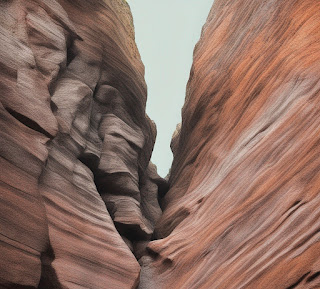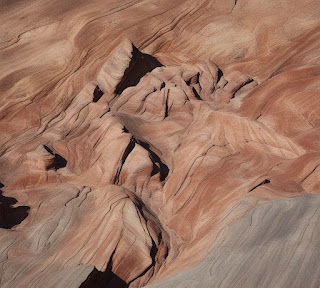Earth's Ancient Secrets: An Exploration of Structural Geology
Structural geology is a fascinating branch of earth sciences that delves into the study of rock deformation and the processes that have shaped the Earth's crust over millions of years.
It involves understanding the complexities of geological structures, such as faults, folds, joints, and the tectonic forces that drive them.
In this blog post, we will embark on a journey through the world of structural geology, exploring the fundamental concepts, methods, and real-world applications that help us unravel the ancient secrets hidden within the rocks.
The Basics of Structural Geology:
At its core, structural geology seeks to decipher the deformational history of rocks and understand the forces that have acted upon them. The study involves mapping geological structures in the field and analyzing the relationships between different rock layers and features. By examining the patterns of folds, faults, and fractures, structural geologists can piece together the geological history of a region and reconstruct the tectonic processes that have shaped it.
Tectonic Forces and Plate Tectonics:
One of the key drivers of geological structures is the movement of tectonic plates that make up the Earth's lithosphere. Plate tectonics theory revolutionized our understanding of the Earth's dynamic nature. It explains how the lithospheric plates interact at plate boundaries, leading to various geological phenomena such as earthquakes, volcanic activity, and mountain formation. Structural geologists play a vital role in mapping and analyzing the deformation associated with plate tectonics to better comprehend these geodynamic processes.

Folds: Rock's Bending History:
Folds are geological structures formed by the bending of rock layers in response to compressional forces. The study of folds provides valuable insights into the intensity and direction of tectonic forces acting during various geological periods. Structural geologists classify folds based on their shape, including anticlines, synclines, monoclines, and domes. Understanding the geometry of folds helps reveal the tectonic events that shaped the landscape over geological time.
Faults: Fractures in the Earth's Crust:
Faults are fractures in the Earth's crust along which gesture has occurred. These movements can be vertical (normal faults), horizontal (strike-slip faults), or a combination of both (thrust faults). Structural geologists investigate fault systems to interpret the type of stress and strain that caused the faulting and the relative timing of fault movements. Faults are of paramount importance in understanding seismic hazards and the distribution of natural resources like oil and gas.
Joints: Cracks in the Earth's Crust:
Joints are fractures in rocks where there is little to no displacement. Unlike faults, joints do not involve significant movement along the fracture plane. They form due to various geological processes, such as cooling and contraction, or tectonic stress without resulting in faulting. Structural geologists study joint systems to understand how rocks respond to stress and how joint networks affect the permeability and fluid flow within the Earth's crust.
Structural Geology and Natural Resources:
Structural geology plays a crucial role in the exploration and extraction of valuable natural resources. For instance, in the petroleum industry, structural geologists analyze subsurface structures to identify potential hydrocarbon reservoirs and predict their distribution. Similarly, mining companies rely on structural geologists to locate mineral deposits and determine the most efficient extraction methods.
Engineering Geology and Geotechnical Applications:
Structural geology is also of paramount importance in engineering geology and geotechnical applications. Understanding the structural characteristics of rocks and their response to stress is essential when planning construction projects, tunnels, dams, and other engineering works. By assessing the stability of rock formations, structural geologists help mitigate the risks associated with natural hazards such as landslides and rockfalls.

Geohazards and Seismic Risk Assessment:
The study of geological structures is vital in assessing geohazards, such as earthquakes and landslides. Structural geologists map fault systems, analyze their activity history, and model seismic behavior to assess the potential seismic risk in a given region. This information is crucial for urban planning and disaster preparedness, helping communities be better prepared for potential seismic events.
Structural geology is a captivating field that allows us to peer into the Earth's history and understand the forces that have shaped our planet over geological time. From the bending of rocks in majestic mountain ranges to the cracks that fracture the Earth's crust, structural geologists unravel the mysteries of the Earth's past and help us navigate the challenges of the present. With its diverse applications, from resource exploration to mitigating natural hazards, structural geology remains an indispensable discipline in the quest to comprehend and coexist harmoniously with the dynamic forces of our planet. Google Search Engine
Know Geology of Telangana
Visit Official Home Page






0 Comments